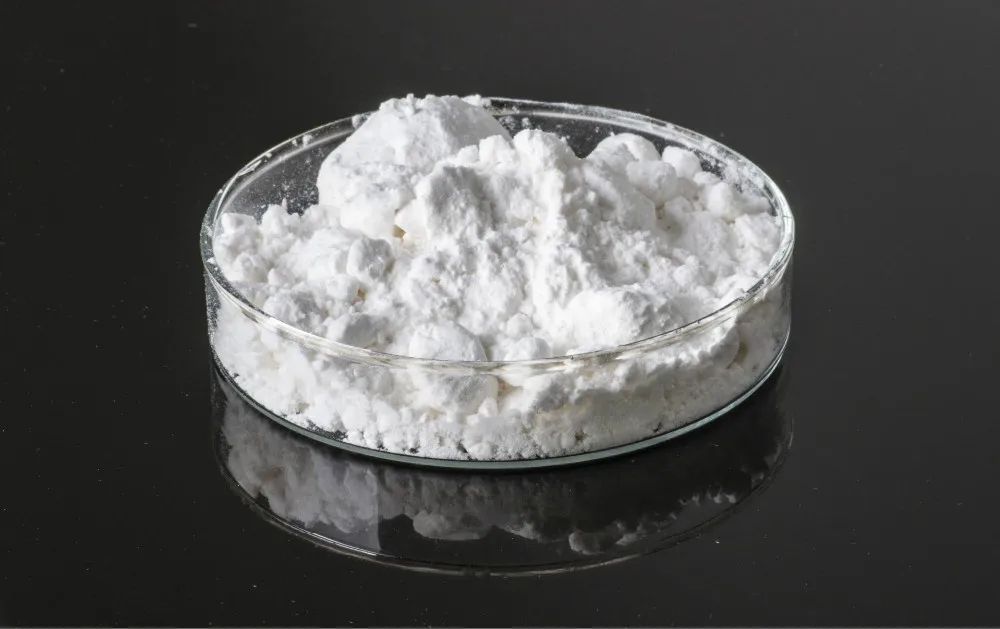1.What is Sodium Tripolyphosphate Sodium tripolyphosphate is an inorganic compound, an amorphous water-soluble linear polyphosphate commonly used in food and industry. 2.History of Sodium Tripolyphosphate The history of sodium tripolyphosphate can be traced back to the end of the 19th century, when people discovered the detergent effect of phosphates and began to use them instead of soap.In 1907, the foreign chemist Fritz Ullmann invented a method of preparing sodium tripolyphosphate from phosphates, which was the first industrial production of sodium tripolyphosphate.In the 1930s, the large-scale production and use of sodium tripolyphosphate began abroad and in Europe. Sodium tripolyphosphate was used as an Additive in synthetic detergents to improve cleaning and prevent limescale. consumption peaked in the 1950s, when it accounted for more than half of global phosphate consumption. after the 1960s, the use of sodium tripolyphosphate began to decline due to its potential impact on the environment and human health, as well as the emergence of new alternatives. Currently, sodium tripolyphosphate is still a new industrial and food product, but it is also restricted and regulated by a number of regulations and standards.

3. Industrial uses of Sodium Tripolyphosphate As an industrial supply, Sodium Tripolyphosphate is mainly used in detergents, textiles, paper, ceramics, Water Treatment, etc. It has the following functions: (1) Enhance cleaning power: Sodium tripolyphosphate can form soluble complexes with hardness ions in water (such as calcium, magnesium, etc.), thus preventing the generation of limescale and improving the washing effect. (2) Preventing scale: Sodium tripolyphosphate can inhibit the formation of carbonate, sulfate and other precipitates in water, thus preventing the deposition of scale on pipelines, boilers, heaters and other equipment. (3) Buffer water quality: Sodium tripolyphosphate can regulate the pH value of water and keep it in a suitable range, so as to avoid the damage to equipment and products caused by over-acidic or over-alkaline water. (4) Dispersing pigment: Sodium tripolyphosphate can form a stable dispersion system with pigment particles, so as to improve the dispersion and stability of pigment in fashion and improve the quality of dyeing and coating.

4.Food uses of Sodium Tripolyphosphate Sodium tripolyphosphate as an additive in food, mainly used in meat products, seafood, dairy products and so on, has the following effects: (1) Retaining moisture: Sodium tripolyphosphate can form complexes with myosin in meat, increase the water binding capacity of meat, prevent water from decreasing, and improve the beauty and freshness of meat. (2) Improve quality: Sodium tripolyphosphate can improve the gel properties of meat, increase the cutting force, elasticity and buoyancy of meat, and improve the taste and appearance of meat. (3) Prevent oxidative discoloration: Sodium tripolyphosphate can form a stable complex with iron ions in water, preventing iron ions from catalyzing fat oxidation and myoglobin oxidation, thus delaying the browning and deterioration of meat. (4) Adjusting pH value: sodium tripolyphosphate can adjust the pH value of meat to keep it in a suitable range, which is conducive to the protein transfiguration and gel formation in meat.
